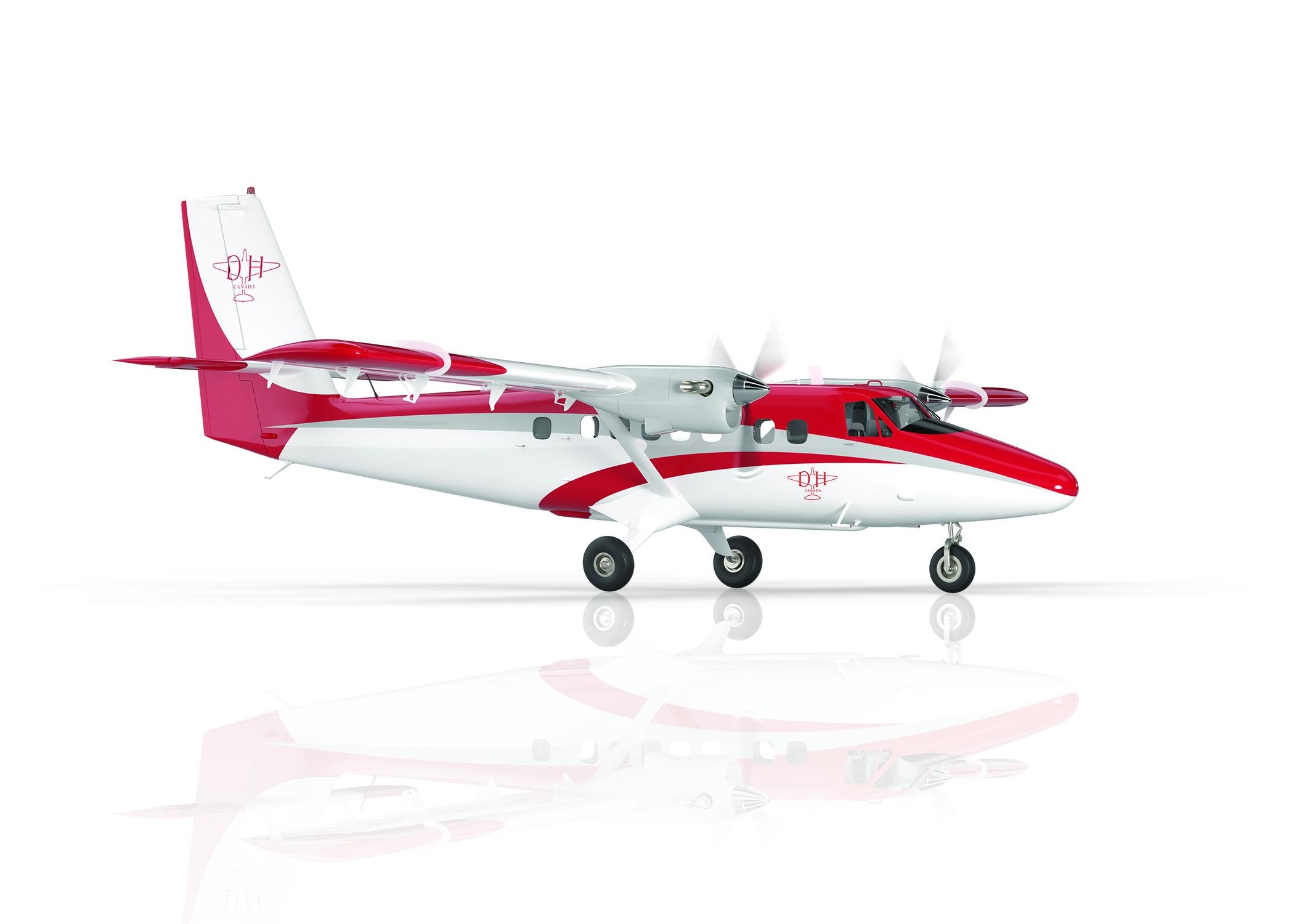
Credit: De Havilland Canada
PARIS—De Havilland Canada has unveiled a new version of its long-lived DHC-6 Twin Otter, which it calls the Classic 300-G. The aircraft has 45 purchase agreements and LOIs, according to the Calgary-based company. The new model of the rugged 19-seater evolved after De Havilland made the rounds of...
Subscription Required
This content requires a subscription to one of the Aviation Week Intelligence Network (AWIN) bundles.
Schedule a demo today to find out how you can access this content and similar content related to your area of the global aviation industry.
Already an AWIN subscriber? Login
Did you know? Aviation Week has won top honors multiple times in the Jesse H. Neal National Business Journalism Awards, the business-to-business media equivalent of the Pulitzer Prizes.





